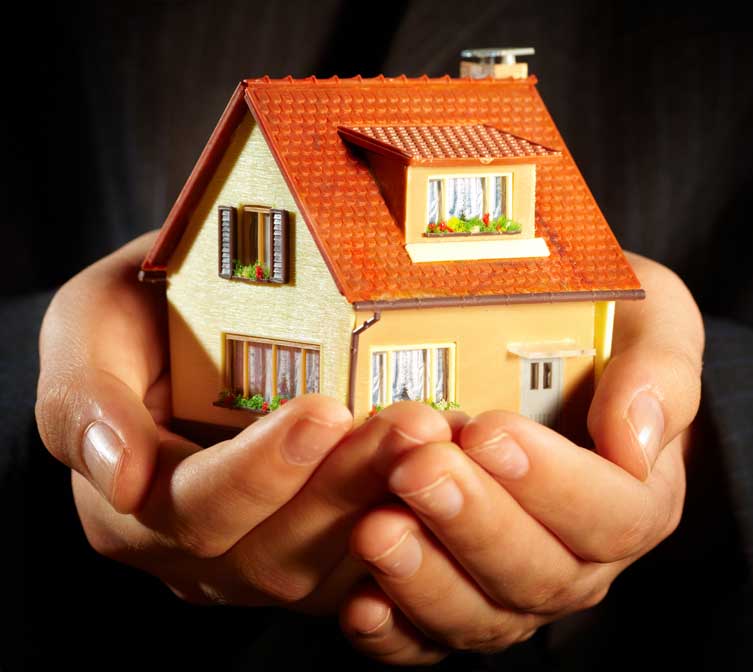 The disease of addiction is complex and insidious. Fortunately, treatment is available, and with professional help and community support, many people are able to enter long-term recovery from addiction. While the standard 30-day treatment program works well for many, others can benefit from a longer time in treatment. Sober living programs are designed to help people who have finished detox and treatment to continue to live a new, healthy lifestyle.
The disease of addiction is complex and insidious. Fortunately, treatment is available, and with professional help and community support, many people are able to enter long-term recovery from addiction. While the standard 30-day treatment program works well for many, others can benefit from a longer time in treatment. Sober living programs are designed to help people who have finished detox and treatment to continue to live a new, healthy lifestyle.
A sober living home is a safe way for people to slowly integrate back into daily living. People in sober living programs are surrounded by others who are committed to living a lifestyle free of drugs and alcohol. Quite often, a sober living home operates under strict rules and guidelines, ensuring that residents are held accountable for their actions. The level of accountability creates a safe living environment where the main focus is recovery.
Another great benefit of sober living programs is that they bridge the gap between the individual and the recovery community. Changing old people, places, and things is extremely important in sobriety. Bridging the gap helps introduce newly sober individuals to all the recovery-oriented activities and events available in their area. There are many amazing programs, such as AA, that those suffering from addiction and alcoholism are simply not aware of. Connecting newly sober individuals to such programs can ensure continued sobriety. The sense of community and fellowship help remind the person that they are not alone.
Sober living programs keep the individual plugged into the recovery scene. This sense of belonging is imperative to the overall well-being of the newly sober individual, and it increases their chances of long-term sobriety.
